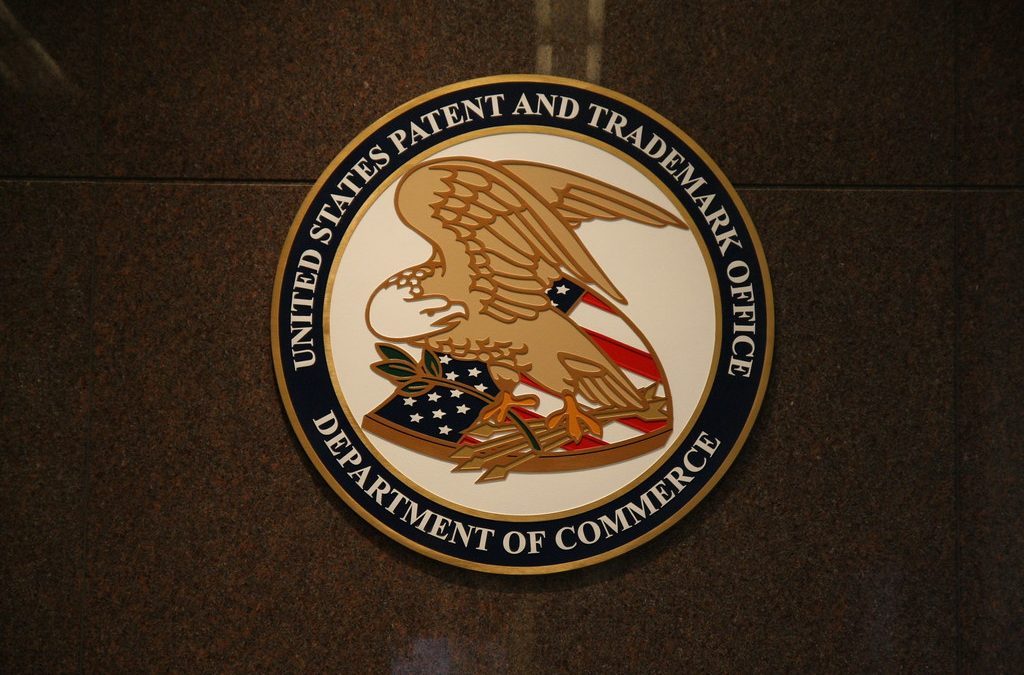
USPTO Review of Likelihood of Confusion
You must file a trademark application to get a brand registered, but registration is not automatic. After you file an application, the application completes a process known as prosecution. This step begins with a review by the USPTO to ensure the application meets certain requirements. I have prosecuted and managed thousands of applications in my career.
USPTO inspects many items, including whether the brand shown in the application is likely to cause confusion with an existing registered brand. The USPTO applies a multi-factor test, and the main factors are the similarities of the brands and the relatedness of the goods and/or services.
Suzette called me last year to help her register her home fashion brand. My search revealed several registrations that I predicted might be cited, so I told her that this prosecution might cost more than most. The USPTO issued the exact refusal I expected, and I was able to prepare a response without any unexpected expense.
Your DIY friend filed their own trademark application and the USPTO issued a lengthy initial refusal letter. The letter mentions “likelihood of confusion,” but your friend is the one who seems confused. Ask her if the letters ‘2(d)’ are in bold, then introduce her to me so I can save her application.




